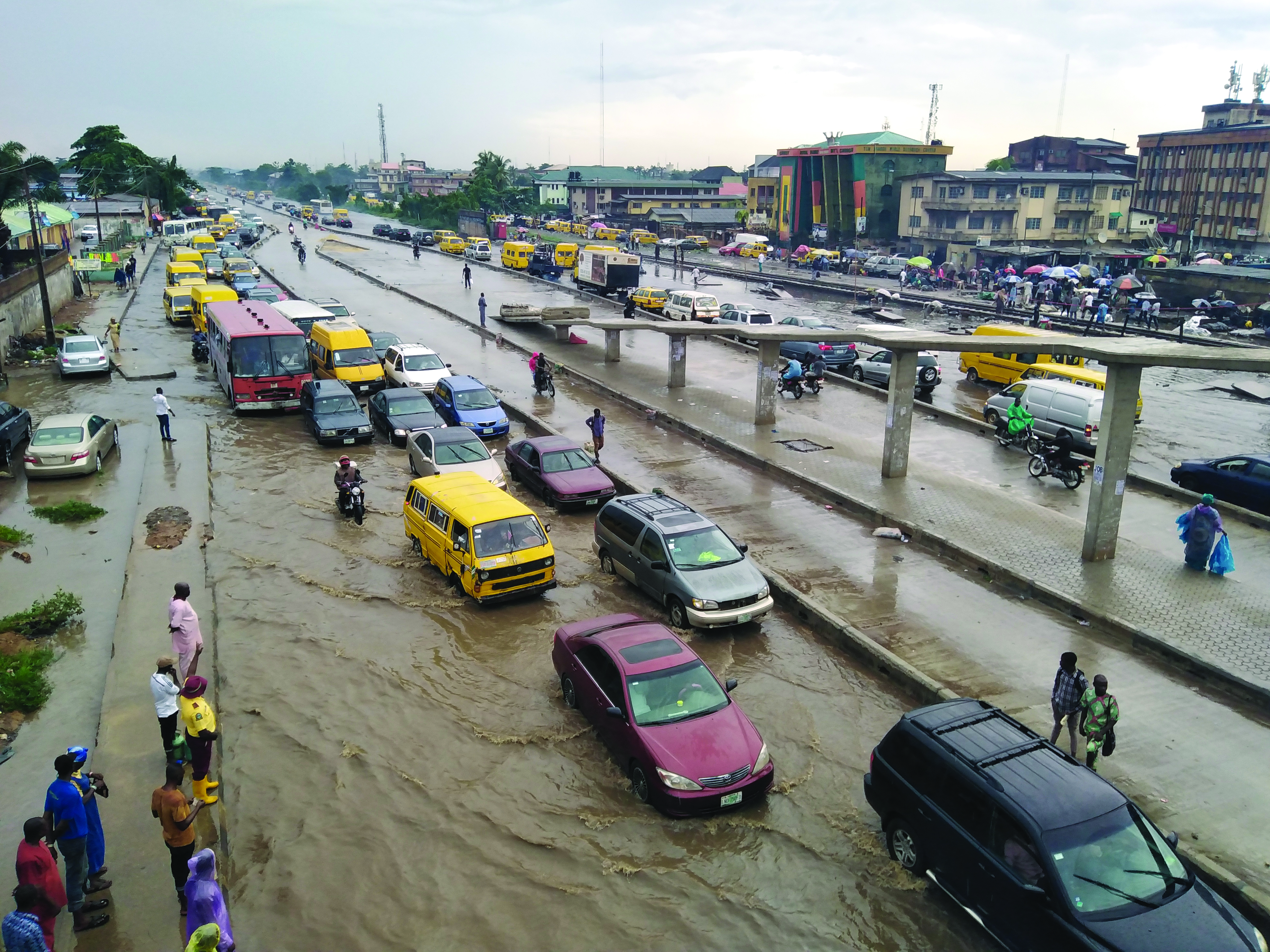
Jon Munslow delivers the findings of PIARC’s global study on Rapid Impact Assessment
Join other savvy professionals just like you at CIHT. We are committed to fulfilling your professional development needs throughout your career
As project lead on PIARC’s Rapid Impact Assessment (RIA) for Geohazard Management on Road Networks study, Jon Munslow understands the impact of severe weather on the transport networks of low- and middle-income countries. We asked him about the report and how these networks cope with sudden weather-related events.
How was the study undertaken?
We reviewed the current literature, processes and products on the topic from across the world. All PIARC Members were sent questionnaires and country case studies were selected and detailed.
What was the coverage?
The study involved high-, low- and middle-income countries. In general, high-income countries have access to more resources for and during an extreme weather response, and it is often low- income countries that are hit hardest by weather events. The aim was to access learning that improves process and actions for all countries. Sixteen countries provided details, with case studies including the USA, New Zealand, Indonesia, Scotland, Nepal, Uganda, Canada and Chile.
What were the key findings?
Across the world, highways response is basic in general terms and relies on a few individuals to react and respond within transport authorities. That response tends to be analogue – paper-based in the field with information in a non-standardised form – and is most likely to be based on views from untrained people in the affected communities.
There is also a time lag from when the impact happens to looking at the impact on the ground, with a further lag in this information getting to the decision makers able to manage the response. In general, multi-agency responses involving government and emergency services work well.
The biggest issue is the time lag in developing situational awareness and a lack of standardised information to make defensible informed decisions, which is how we have evolved in highways. We tend to focus on the damage to the asset from an engineering perspective rather than its impact on the local community, including its economy and society.
Could you give us an example?
There may be two rural bridges, both similarly damaged and out of action. However, one bridge is carrying critical utilities in its structure, such as gas pipes or communication cables. Therefore, if it’s not stabilised, this bridge will cause a greater impact on the community if it fails.
There is a risk that a siloed focus on damage assessment would not direct the effort and resources to where they would have the most benefit for the community. There is a distinct difference between damage assessment and rapid impact assessment.
What were the key findings for the UK?
The challenges for the UK are similar to the global challenges in that we rely on too few individuals and have not fully addressed two key challenges. The first is how we collect, manage and report upwards the information needed to make defensible decisions quickly.
The second is the fact that highways authorities need to be collaborating with emergency responders more actively before events happen, informing the plans for when disaster occurs.
Through the Department for Transport, the UK is leading the development of RIA with the Stormchain system launched at Highways UK. However, we need to scale up quickly across the nation before disaster occurs.

{{item.AuthorName}} {{item.AuthorName}} says on {{item.DateFormattedString}}: